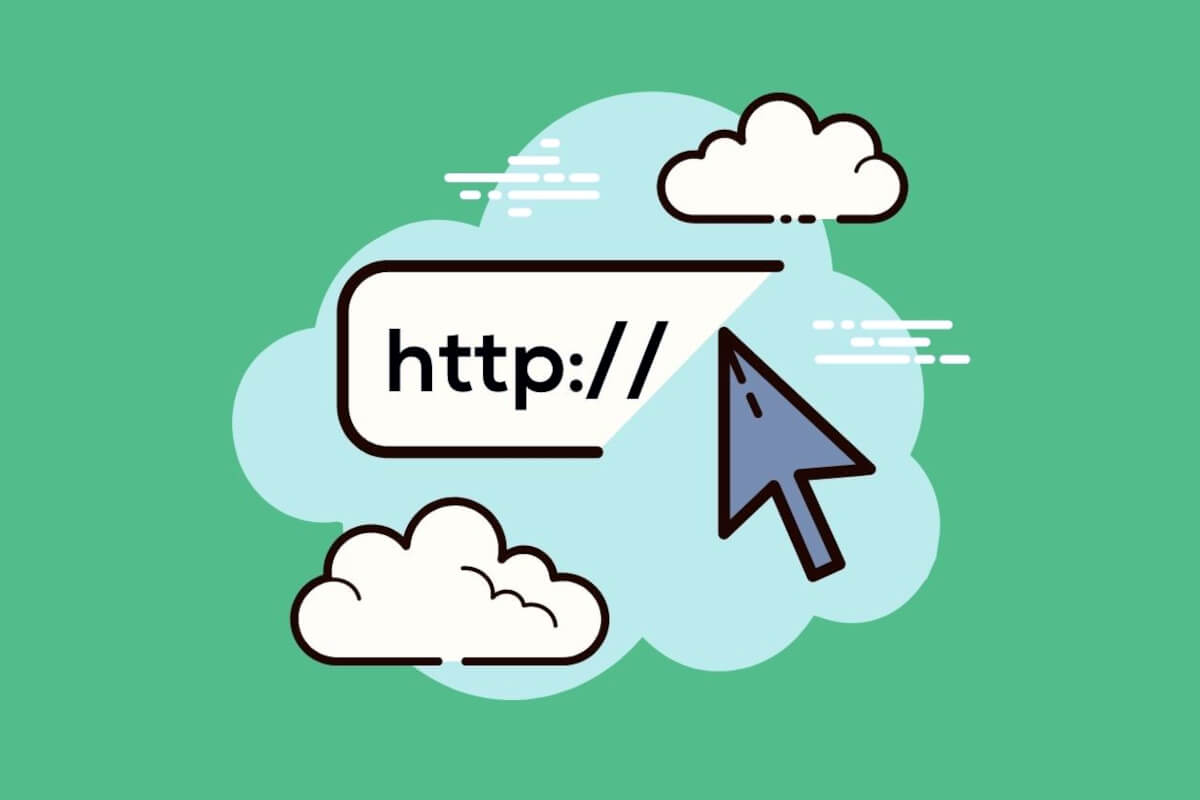In the fast-paced world of online business and digital presence, the last thing any website owner wants to encounter is a hosting issue. Whether you’re running a personal blog, an e-commerce store, or a corporate website, downtime and technical glitches can be detrimental to your online success. However, armed with the right knowledge and strategies, you can navigate through these challenges like a seasoned pro.
Understanding Common Hosting Issues
Before diving into troubleshooting techniques, it’s essential to familiarize yourself with the most common hosting issues that website owners often face:
- Downtime: Your website becomes inaccessible to users, resulting in lost traffic and potential revenue.
- Slow Loading Times: Visitors abandon websites that take too long to load, impacting user experience and SEO rankings.
- Security Breaches: Hackers exploit vulnerabilities in hosting environments, compromising sensitive data and damaging reputation.
- Resource Limitations: Your website outgrows the resources allocated by your hosting plan, leading to performance issues.
- Email Delivery Problems: Emails sent from your domain end up in spam folders or fail to reach recipients altogether.
Proactive Measures for Prevention
Prevention is always better than cure. Here are some proactive measures you can take to minimize the risk of encountering hosting issues:
- Choose a Reliable Hosting Provider: Opt for a reputable web hosting provider known for reliability, security, and excellent customer support.
- Regular Backups: Back up your website regularly to ensure that you can quickly restore it in case of data loss or corruption.
- Keep Software Updated: Regularly update your website’s software, including CMS platforms, plugins, and themes, to patch security vulnerabilities.
- Implement Security Measures: Utilize security plugins, firewalls, and SSL certificates to protect your website from cyber threats.
- Monitor Website Performance: Use monitoring tools to track uptime, loading times, and other performance metrics to detect issues early.
Troubleshooting Techniques
Despite taking preventive measures, hosting issues can still arise. Here are some troubleshooting techniques to help you quickly identify and resolve common problems:
- Check Server Status: Verify if the hosting server is experiencing downtime or maintenance issues by visiting the hosting provider’s status page or contacting support.
- Review Error Logs: Examine error logs in your hosting control panel or CMS dashboard to pinpoint the cause of issues such as 500 internal server errors or database connection errors.
- Test Website Speed: Use online speed testing tools to analyze your website’s loading times and identify performance bottlenecks that may require optimization.
- Scan for Malware: Run malware scans using security plugins or online scanners to detect and remove any malicious code or malware infections.
- Review Email Settings: Ensure that your email server settings are configured correctly and not blacklisted by spam filters by using email deliverability testing tools.
- Upgrade Hosting Plan: If your website consistently exceeds resource limits or experiences performance issues, consider upgrading to a higher-tier hosting plan with more resources.
Conclusion
Navigating through hosting issues can be daunting, but with the right knowledge and strategies, you can overcome challenges and keep your website running smoothly. By staying proactive, regularly monitoring performance, and implementing effective troubleshooting techniques, you can ensure that your online presence remains resilient in the face of adversity. Remember, a well-maintained website is the key to success in the digital landscape.

